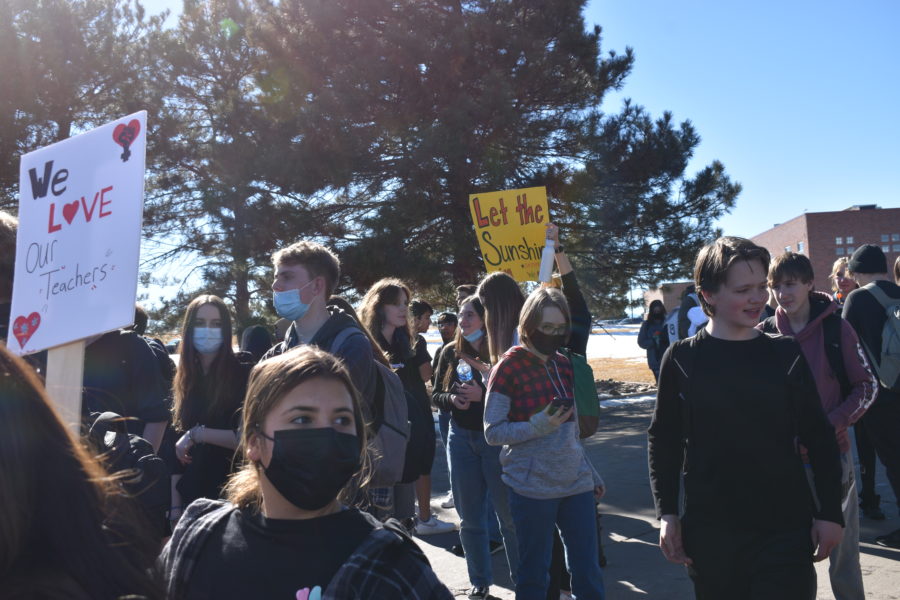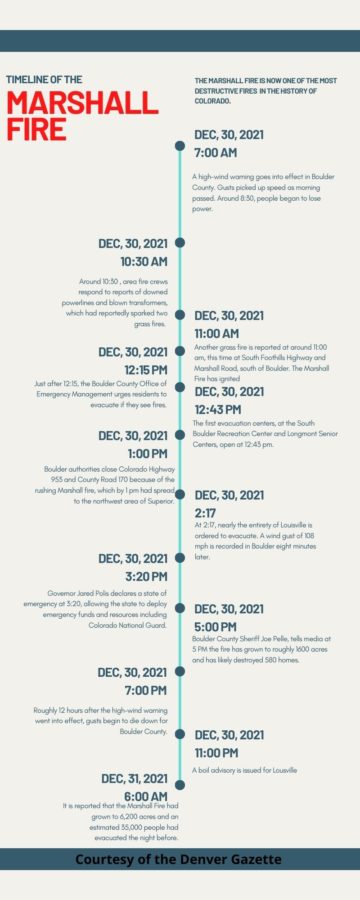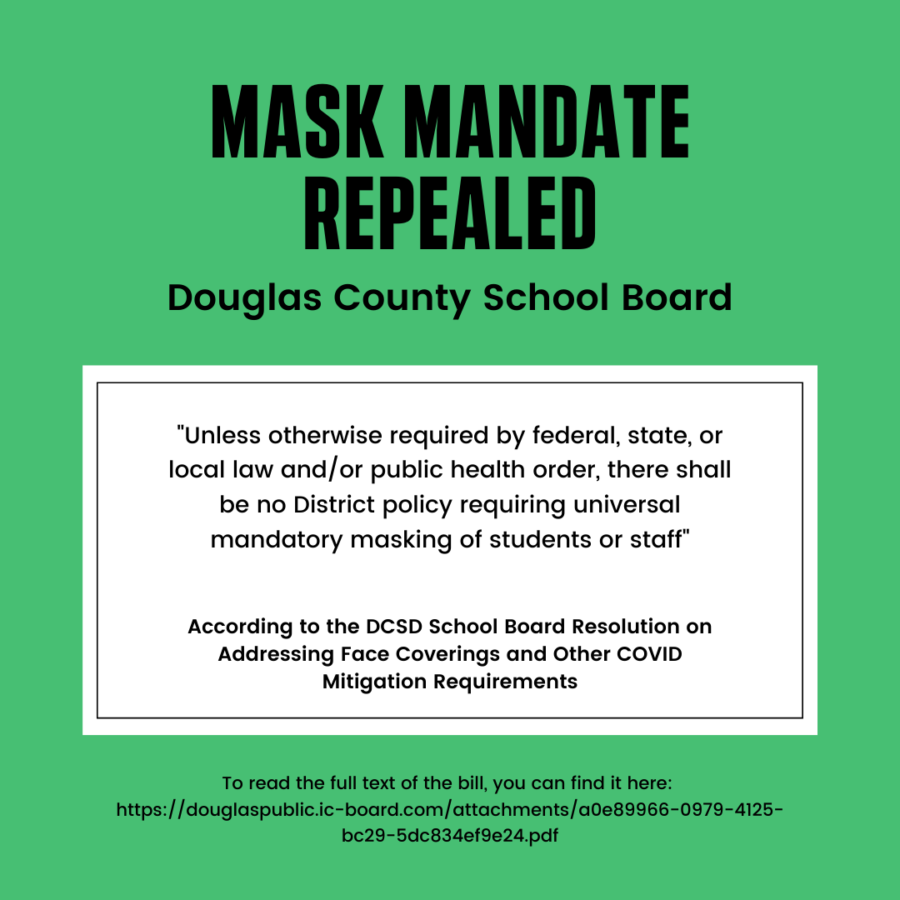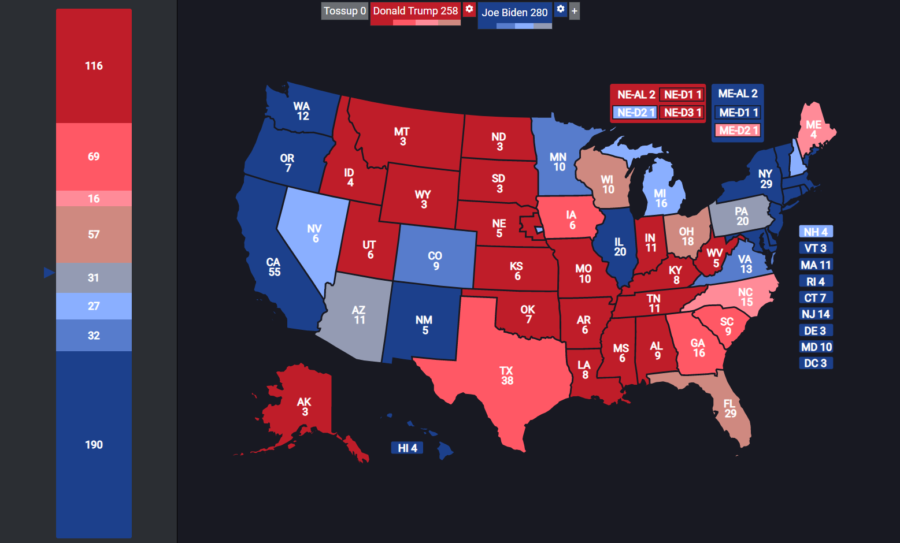As America draws ever closer to the 2020 presidential election, citizens across the nation will be faced with a major choice which will define the political landscape for the next four years. Will President Donald Trump win re-election, or will former Vice President Biden take the reins?
This prediction was made solely using current polling data from FiveThirtyEight and RealClearPolitics, along with the historical trends of how a state voted in previous elections, provided by 270toWin.
Safe States
Starting out easy, the safe states. Safe states are the states that show immense support for one candidate, typically anywhere above 11 points in the polls, and have historically always voted for the same party. A majority (32) of all 50 states are safe states. Most of these states anyone could predict; the only issue here is deciding whether a state is “safe” or “likely,” especially with how close we are to the election. For the maps, the darker the color, the more likely it is to vote for the predicted candidate. Gray states mean they are closer and will be decided later on in the article.
| Biden | Trump |
| California (55 votes) New York (29 votes) Illinois (20 votes) New Jersey (14 votes) Washington (12 votes) Massachusetts (11 votes) Maryland (10 votes) Connecticut (7 votes) Oregon (7 votes) New Mexico (5 votes) Hawaii (4 votes) Rhode Island (4 votes) Delaware (3 votes) Vermont (3 votes) Washington D.C. (3 votes) Maine* (statewide, 2 votes) Maine* (District 1, 1 vote) | Indiana (11 votes) Tennessee (11 votes) Missouri (10 votes) Alabama (9 votes) Kentucky (8 votes) Louisiana (8 votes) Oklahoma (7 votes) Arkansas (6 votes) Kansas (6 votes) Mississippi (6 votes) Utah (6 votes) West Virginia (5 votes) Idaho (4 votes) Alaska (3 votes) Montana (3 votes) Nebraska* (Statewide, 3 votes) North Dakota (3 votes) South Dakota (3 votes) Wyoming (3 votes) Nebraska* (District 1, 1 vote) Nebraska* (District 3, 1 vote) |
| 190 safe votes. | 116 safe votes. |
*Maine and Nebraska both use a “split vote” method, in which the state as a whole rewards 2 electoral votes for whoever wins the state’s popular vote, and then the Congressional districts each reward 1 electoral vote for whoever wins the district’s popular vote.
Likely States
Next are the “likely” states. These states are fairly easy to predict, but they aren’t as safe as safe states. There may be a slim chance of the state flipping, but it probably won’t happen. Likely states tend to favor a candidate by 6-10 points in the polls, and have voted for the same party this past decade. Using those factors, the likely states are…
| Biden | Trump |
| Virginia (13 votes) Minnesota (10 votes) Colorado (9 votes) | Texas (38 votes) Georgia (16 votes) South Carolina (9 votes) Iowa (6 votes) |
| 32 likely votes. | 69 likely votes. |
Lean States
Now, this is where things start to get interesting. The next type of state is a “lean” state. These states have historically flip flopped between the two parties in the past decade and typically favor a candidate by 2-5 points. These states are a lot harder to call, but not the hardest. One of the major factors going into this election will be the vacant seat on the Supreme Court, which means states with Senate races are more likely to see higher voter turnout now. While higher voter turnout typically tends to be good news for Democrats, studies show that Republicans are more influenced by court vacancies than Democrats. Regardless, in states like Michigan, Maine, and North Carolina, the Supreme Court should be a huge factor, especially with the Senate race.
| Biden | Trump |
| Michigan (16 votes) Nevada (6 votes) New Hampshire (4) Nebraska* (District 2, 1 vote) | North Carolina (15 votes) Maine* (District 2, 1 vote) |
| 27 lean votes. | 16 lean votes. |
Tilt States
The “tilt” states are legitimate coin tosses, even this far out. “Tilt” states tend to favor a candidate by 1% or less, and a majority of these states will swing back and forth between each candidate in the polls. The campaigns both know that these states are must win states, and one debate loss or scandal or mistake could cost them these crucial votes. Once again, the lack of a Senate race in Ohio, Pennsylvania, and Florida, should be massive factors in the race, with the Supreme Court becoming a massive election factor. This should reduce turnout, and should help Republicans.
| Biden | Trump |
| Arizona (11 votes) Pennsylvania (20 votes) | Florida (29 votes) Ohio (18 votes) Wisconsin (10 votes) |
| 31 tilt votes. | 57 tilt votes. |
Biden, due to his immense polling lead in Pennsylvania, ends up barely taking the state, in probably the closest state in the entire election. In Arizona, the Supreme Court is easily the biggest factor as people go to the polls. This is because whoever wins that Senate seat gets immediately sworn in and doesn’t have to wait until January to take office. The ability to vote on the Supreme Court right away brings out immense turnout, helping Biden carry the state. So, my prediction has Biden ending up winning the 2020 Presidential election with 280 electoral votes.
Anthony Kargoll, Podcast Editor

























